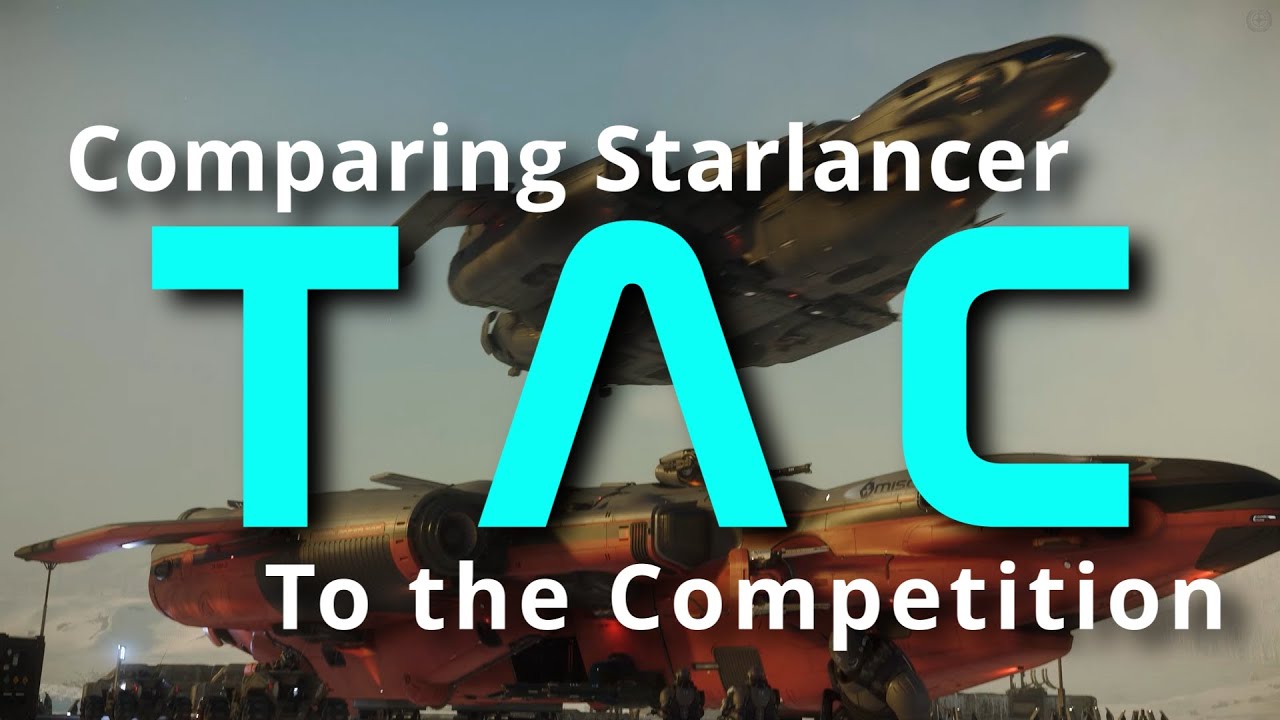The video by Daniel Raymond compares the Starlander TAC to other ground assault ships like the Carrick, Hercules M2, and Caterpillar, highlighting its versatility, smaller size, and agility for rapid deployment and tactical operations. He emphasizes that the TAC is ideal for players seeking a cost-effective, maneuverable, and multi-functional ship, but less suitable for large-scale or solo ground operations.
The video by Daniel Raymond from Ray’s Guide discusses the Starlander TAC, highlighting its role as a combined assault ship designed to carry troops, medical facilities, and vehicles, making it a versatile option for planetary assaults. Unlike traditional drop ships that focus solely on troop deployment and evacuation, the TAC integrates multiple functions, including medical support, vehicle transport, and scouting capabilities. Raymond emphasizes that the TAC is best understood as a “combined assault ship” that offers a more comprehensive approach to ground operations, with increased armor and firepower compared to typical drop ships.
Raymond compares the TAC to other ships capable of fulfilling similar roles, such as the Carrick, Hercules M2, and Caterpillar. He explains that these ships vary in size, flexibility, and purpose. The Caterpillar, being the smallest and least flexible, is limited in its ability to support ground operations effectively but is the most cost-efficient. The Hercules M2 offers a large, open deck capable of supporting a wide range of vehicles and equipment, with additional turrets for ground clearance. The Carrick stands out as the most versatile, with multiple modular bays, large vehicle capacity, and the ability to customize its loadout for different assault scenarios.
In terms of specifications, Raymond notes that the Starlander TAC is the smallest among these options, which translates into greater maneuverability and ease of deployment close to the action. Its rear vehicle bay is comparable in size to the Max, capable of supporting smaller vehicles like fighters, rovers, and bikes, but not larger armored vehicles. While it cannot carry as many or as large vehicles as the Carrick or Hercules M2, its size allows for quicker, more agile operations, making it suitable for rapid deployment and tactical flexibility.
Raymond concludes that the choice between these ships depends heavily on the specific needs and gameplay style of the user. If larger, more heavily armored, and vehicle-capable ships like the Carrick or Hercules M2 are needed, they are suitable options. Conversely, if a smaller, more maneuverable, and cost-effective solution is preferred, the TAC fits well. He advises considering whether a combined assault ship aligns with your gameplay plans and team size, noting that the TAC is not ideal for solo operations due to its design focus on supporting multiple functions and crew.
Finally, Raymond touches on upcoming events and giveaways, including the Invictus launch and contests for members and the broader community. He encourages viewers to participate by subscribing and commenting with a secret word, which for this video is related to the category of ship the TAC represents. Overall, the video provides a detailed comparison of the TAC within the context of ground assault ships, emphasizing its role, capabilities, and situational suitability.
